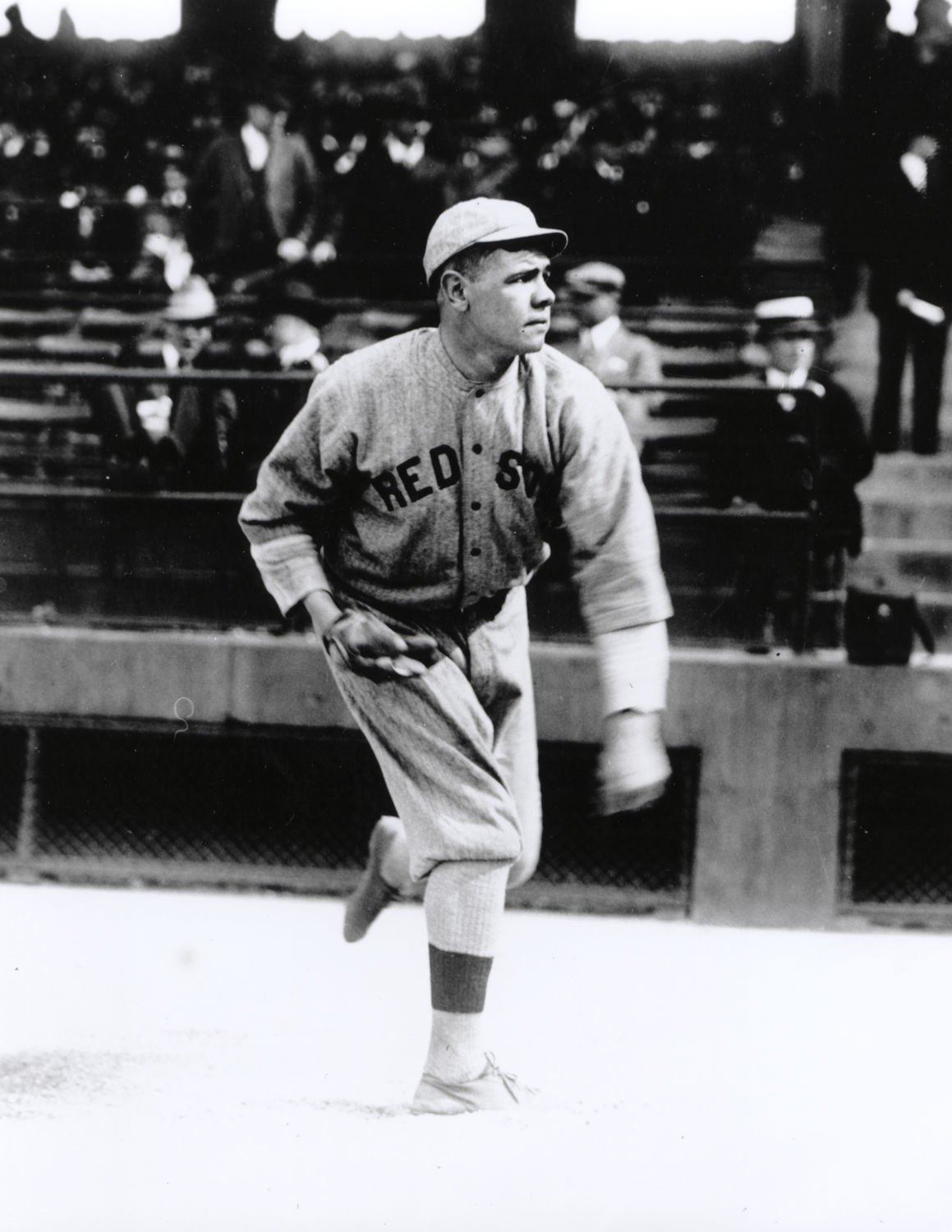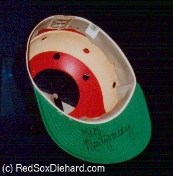- Messages
- 10,392
- Location
- vancouver, canada
I played on a team sometime in the 70's and we wore Houston Astros replica uniforms.....now that defined ugly....but somehow we thought we looked sharp.Frunobulax said:Like when there are donuts in the break room?
I hated the polyester 70s and 80s uniforms, especially with the pullover tops. The only bad thing about being blessed to have the Big Red Machine to watch when I was younger is looking back at those uniforms. Ugh. Plus, so much happened in the cookie-cutter Riverfront Stadium on the Astroturf. Oh well, life ain't perfect, eh?
%20LOA.jpg)




